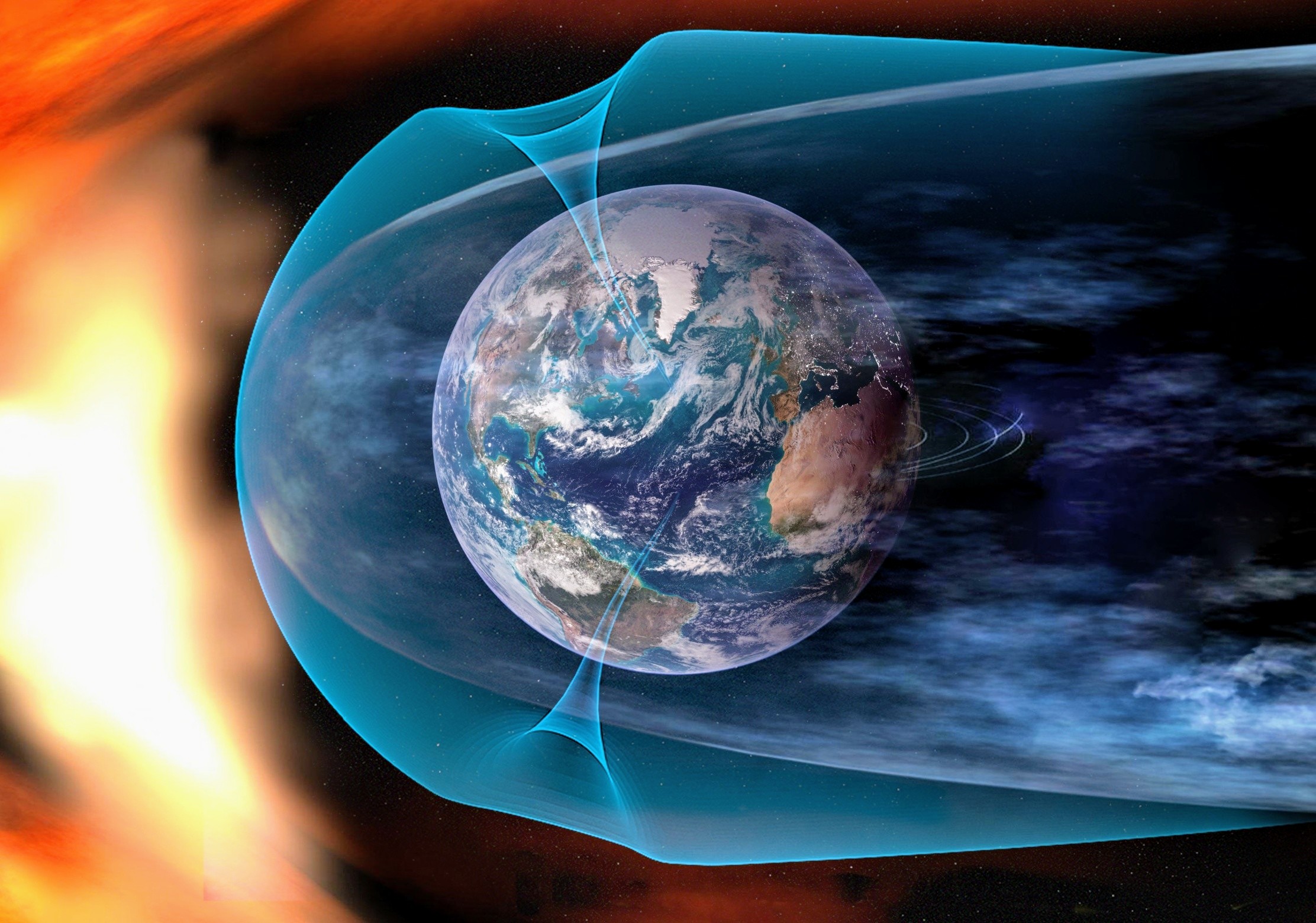Earth's Magnetic Field: A Mystery Solved? Shocking Discoveries About Our Planet's Shield!

Did you know that Earth has been hiding a secret about its magnetic field that could revolutionize our understanding of its history? While we take for granted the shield that protects us from cosmic radiation, scientists have just unveiled a groundbreaking discovery that suggests our planet's magnetic defenses might have been in place much earlier than we thought!
For decades, geophysicists have explained Earth’s magnetic field with the dynamo theory. This theory posits that as our planet gradually cools, molten iron-nickel in the outer core circulates in vast convection currents. The rotation of Earth twists these flows, creating a complex, helical pattern. This movement generates electric currents, which in turn create the magnetic field that protects life on our planet.
However, there’s been a significant question lingering for scientists: before the inner core crystallized about a billion years ago, the core was entirely liquid. How could the geodynamo have functioned properly without the solid inner core's additional energy?
Enter a groundbreaking study by a team of geophysicists from ETH Zurich and the Southern University of Science and Technology (SUSTech) in China. Using a new computer model of Earth’s core, they demonstrated that a completely molten core could indeed generate a stable magnetic field comparable to what we see today. Isn't that mind-blowing?
The researchers faced a long-standing challenge when it came to simulating the core’s viscosity—the internal “thickness” that governs how easily materials flow. In reality, viscosity in the core is believed to be extremely low, yet previous models had to exaggerate this factor for computational stability, leading to skewed results. By leveraging high-performance computing, including the powerful Piz Daint supercomputer in Switzerland, the team eliminated this hurdle and simulated conditions where viscosity was negligible.
The results were astonishing: they found that a robust, self-sustaining magnetic field could indeed emerge from a fully molten core. As lead author Yufeng Lin stated, “Until now, no one has ever managed to perform such calculations under these correct physical conditions.”
The study showed that the very same ingredients that drive today’s dynamo—buoyancy-driven convection and the twisting effect of rotation—were sufficient to create flows and magnetic fields even without a solid inner core. This finding points to a remarkably resilient geodynamo that can operate effectively under a variety of conditions.
This revelation redefines our understanding of Earth’s early defenses. If the magnetic field arose from a liquid core, it suggests that Earth's protective shield may have formed earlier and lasted longer than previously believed. This protective magnetic umbrella would have played a critical role in preserving the atmosphere and fostering conditions necessary for life to evolve.
Moreover, these insights not only enhance our knowledge of Earth but also open the door for exploring magnetic fields on other celestial bodies, such as the Sun, Jupiter, and Saturn. Lower-viscosity models will allow scientists to evaluate how various factors like composition, rotation, and cooling affect magnetism across the solar system.
In our modern world, we rely heavily on Earth’s magnetic field for numerous technologies, from safeguarding satellites and power grids to stabilizing navigation systems. As co-author Andy Jackson emphasized, understanding how the magnetic field is generated and how it changes over time is crucial. “If we understand how the magnetic field is generated, we can predict its future development.”
The Earth’s field has flipped polarity thousands of times, and the magnetic north pole has been rapidly migrating toward geographic north. By refining our core simulations, scientists are gaining valuable insights into how the geodynamo's resilience can help us predict future magnetic shifts, from gradual changes to potential full reversals.
This remarkable study solidifies our understanding of Earth’s magnetic shield, suggesting it could ignite without a solid inner core, driven instead by a fully molten, dynamically convecting, rapidly rotating core. Not only does this sharpen our picture of early Earth, but it also strengthens the connection between biodiversity and a protective magnetosphere, paving the way for further exploration of magnetic lifecycles on other worlds.
With these revelations, we are better equipped to anticipate how our planet's magnetic shield might evolve in the future.
The findings of this groundbreaking study were published in the prestigious journal Nature.


























